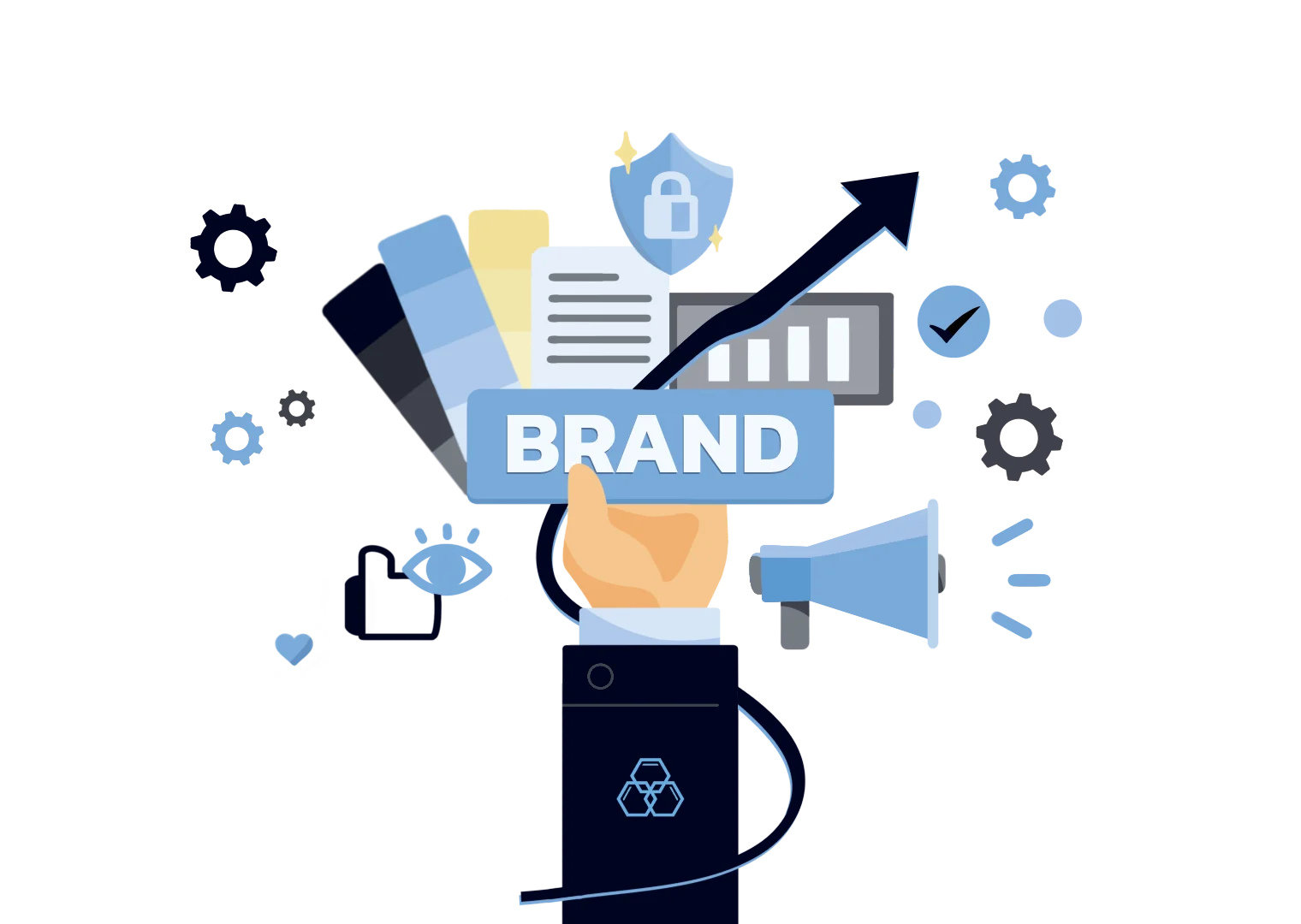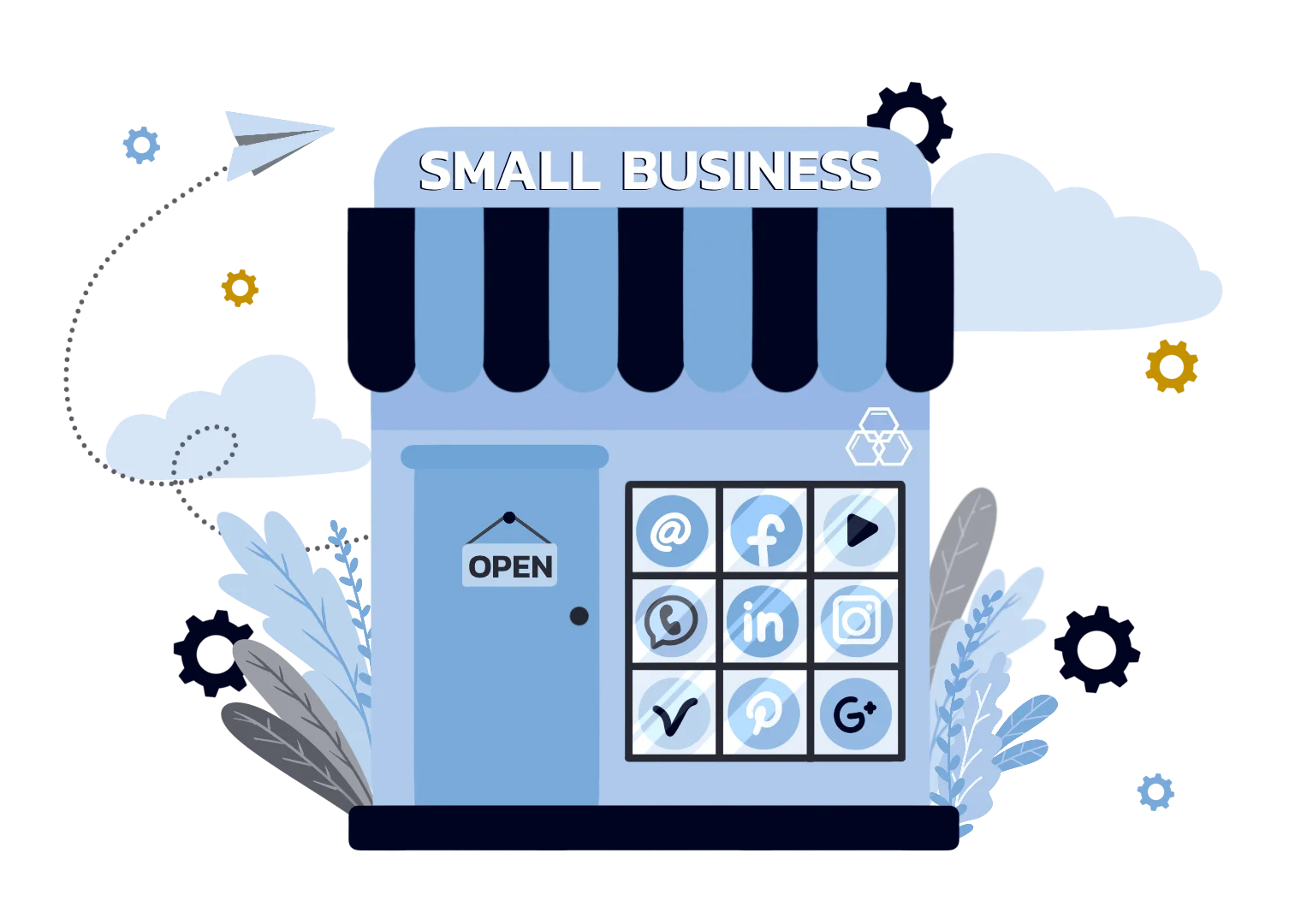Think about the last time you needed a soda. Did you ask for "a cola," or did you ask for a Coke? When you need new sneakers, what brands immediately pop into your head? That’s how brand recognition works. It’s what makes your business the obvious choice, among other brands.
But this can be a challenge, especially for small businesses. The world gives endless options, and seeking to be recognized and trusted, alongside existing large companies vying for the same new audience you seek, you’ll find that the odds are stacked against you.
The good news? You don't need a massive budget to make a lasting impression.
Here’s how.
What is Brand Recognition?
Brand recognition is the ability of your target audience to identify your brand instantly and correctly from its visual and auditory cues alone.
If they see your logo without your company name, do they still know it's you? If they hear a jingle on the radio, does it bring your brand to mind?. It’s top-of-mind awareness, making your business the first one people think of when they need a product or service.
Brand Recognition vs Brand Awareness and Other Terms
It’s easy to get brand recognition confused with other common marketing terms. Let’s clear up the differences:
- Brand Recognition vs. Brand Awareness: Brand awareness is simply knowing that your company exists. Brand recognition is knowing you exist by being able to pick you out based on your specific attributes. Awareness is "I've heard of a company that sells shoes." Recognition is "I see that distinctive 'swoosh' and immediately know it's Nike."
- Brand Recognition vs. Brand Perception: Recognition is about identifying you. Perception is the sense one gets once they do. You might have high recognition (everyone knows your logo), but if your product is poor, your brand perception will be low.
- Brand Recognition vs. Brand Identity: Your brand identity is the collection of all the visual and verbal elements you create to represent your company—your logo, colors, typography, and tone of voice. Brand recognition is the result of that identity. It’s the public's ability to recall and identify those elements.
Why is Strong Brand Recognition Important?
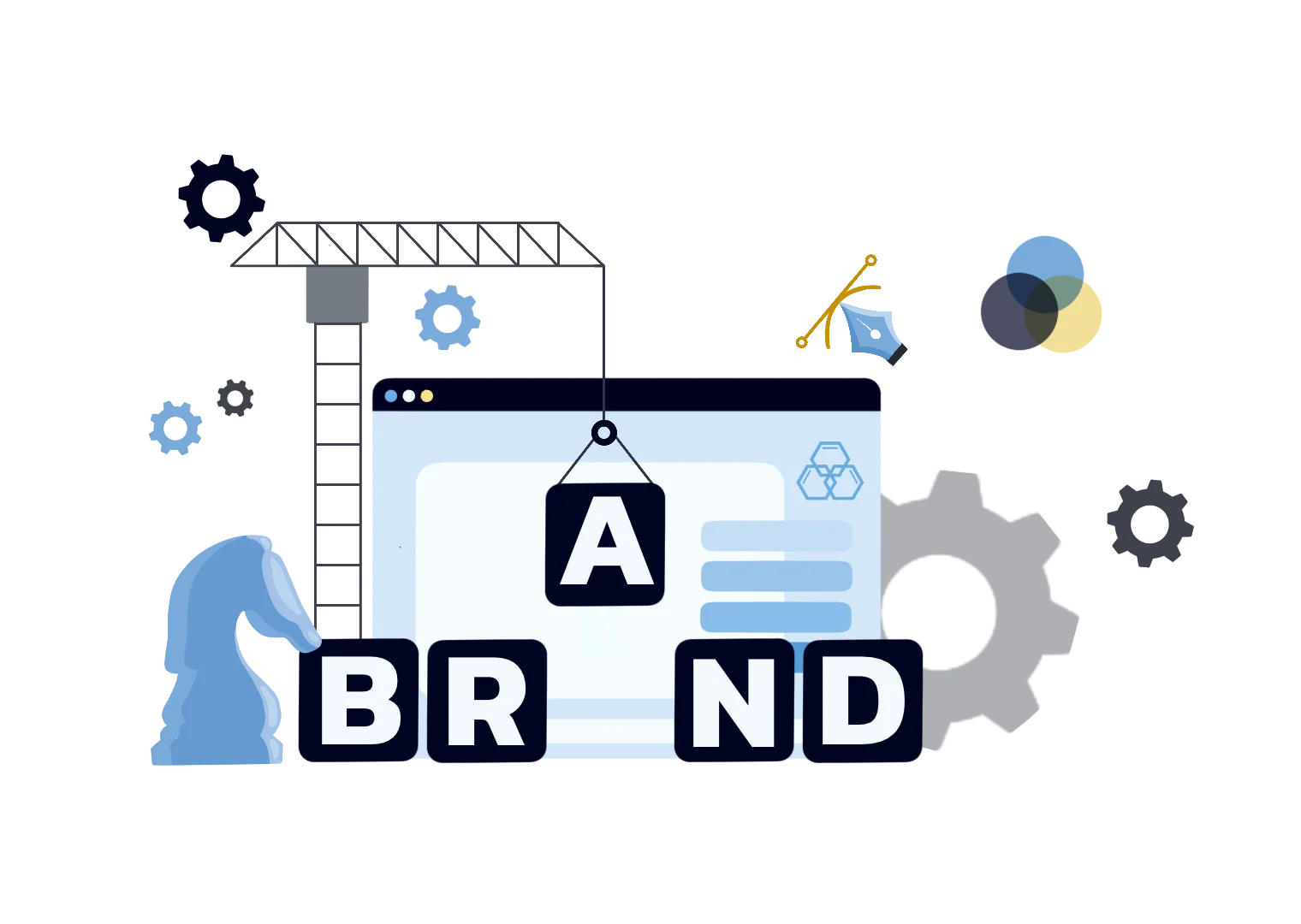
You might be wondering, "Why should this be a top priority for my business?" The answer is simple: brand recognition drives sustainable growth. Here’s why:
1. It Builds Brand Trust and Credibility
Think about it: are you more likely to buy from a company you’ve never seen before, or one you recognize and see consistently? Familiarity breeds trust.
When people repeatedly see your brand and have positive associations with it, they see you as a brand that’s reliable and established, even if you're a small business.
2. It Fuels Customer Loyalty
Brand recognition can transform one-time buyers into lifelong fans. When existing customers have a positive experience with a brand, they’re more likely to recommend it and likely to make repeat purchases.
Moreover, a high brand recognition builds an emotional connection with your audience; they’ll choose you out of habit and preference, if not convenient.
3. It Makes Your Marketing More Effective
When your brand is easily recognizable, every marketing dollar you spend works better. You don’t have to start from scratch; you don’t have to explain again who you are on new ads or social media posts.
Moreover, your audience sees your distinctive style and immediately knows it’s you, which increases engagement and conversion rates.
4. It Gives You a Competitive Edge
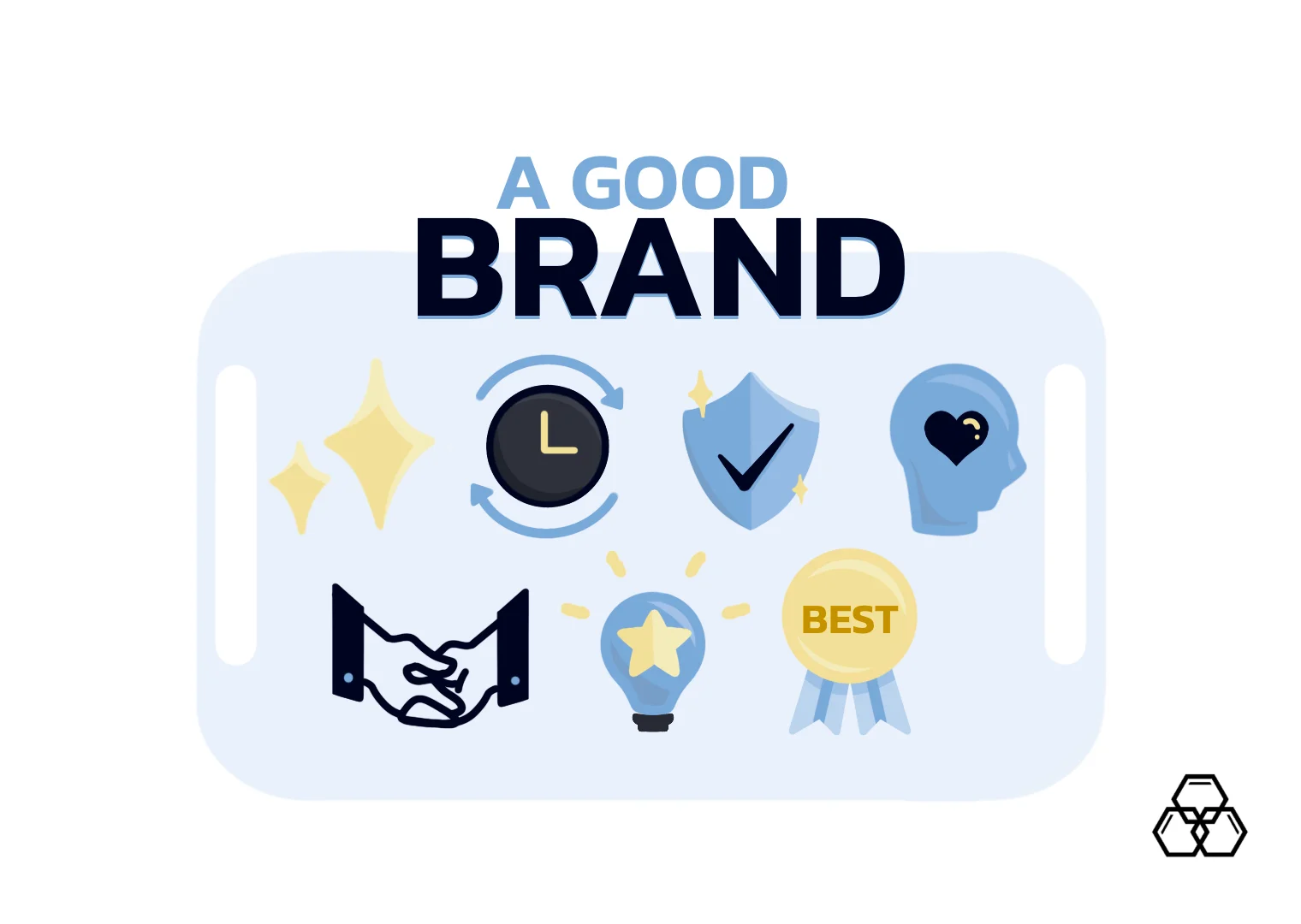
The true goal of brand recognition efforts is for you to stand out. When a consumer is faced with ten similar options, they will almost always choose the brand they recognize first. It can be the deciding factor between you and a competitor.
5. It Justifies Premium Pricing
Your favorite brands are trusted brands, and trusted brands can command higher prices. When people perceive your brand as high quality or value due to its strong presence, they are more willing to pay a premium for it over a generic or unknown alternative.
6. It Attracts Top Talent and Partnerships
A strong, recognizable brand is also attractive to potential employees and business partners. People always want to be associated with respected, well-known companies. This makes it easy for you to build a great team and strong business partners.
Ways to Measure Brand Recognition
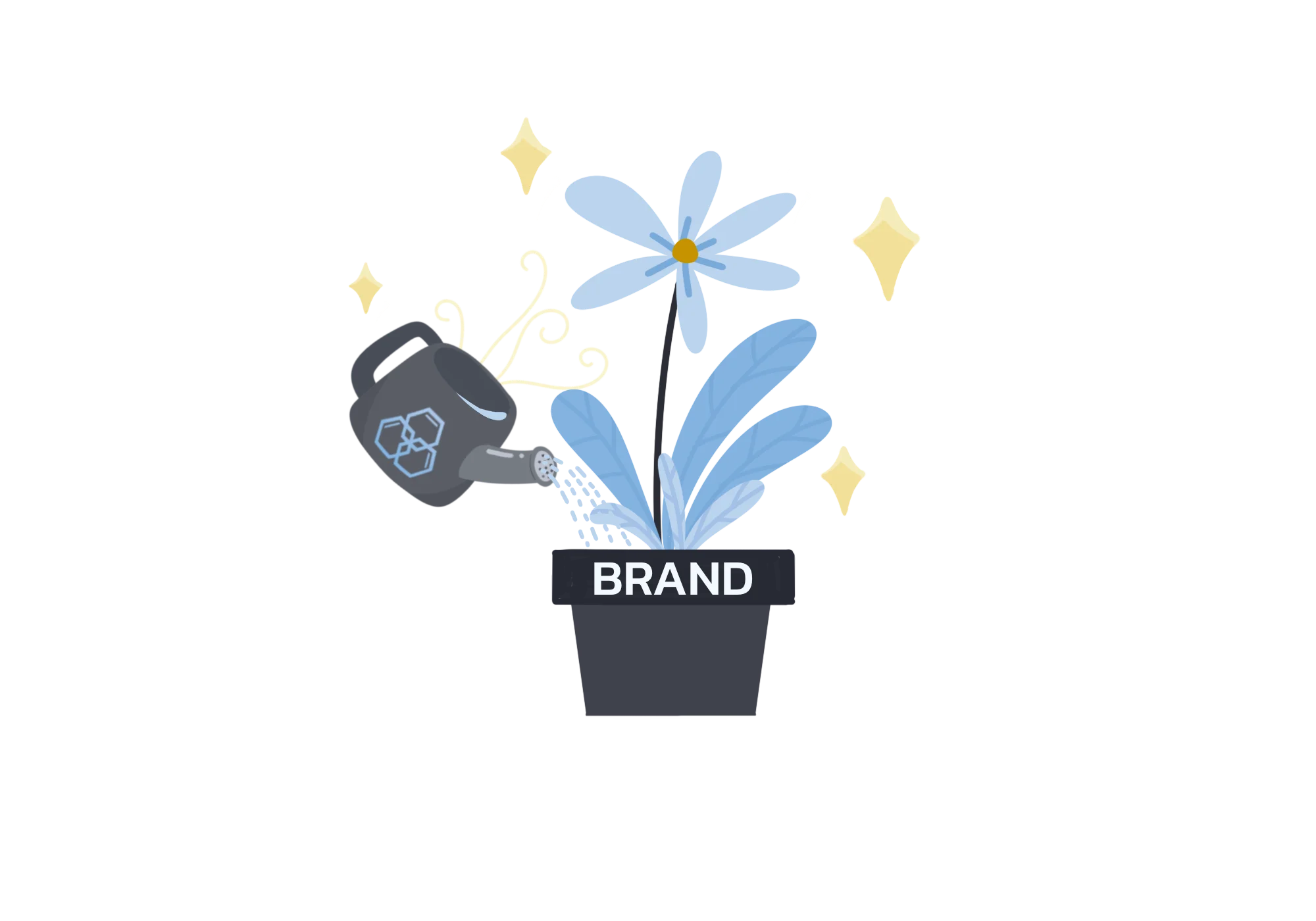
You're working hard to build your brand recognition, but how do you know it's actually working?.
Here are some ways to measure how successful your brand recognition efforts are:
1. Conduct Brand Recall Surveys
This is one of the most direct methods of market research. Use simple, free survey tools like Zapier and ask a targeted group of people (this could be your email list or a sample of your target market) questions like:
- Unaided Recall: "Which brands come to mind when you think of [your industry]?"
- Aided Recall: "Have you heard of [Your Brand Name]?"
Track the changes in these responses over time. This will give you a clear picture of your brand's growing presence in your audience's mind.
2. Monitor Your Website Traffic Directly
Check your website analytics, such as Google Analytics, and review the "Acquisition" report. A steady increase in traffic can mean two things:
- You have a strong Search Engine Optimization, making your site visible on the first page of the search results.
- More people type your URL directly into their browser, a strong signal of growing brand recognition.
It means people are actively seeking you out because they remember your name.
3. Track Social Media Mentions and Engagement
Keep a close eye on social media platforms and track metrics beyond just follower count:
- Mentions: Are people tagging your brand or using your branded hashtag without prompting from you?
- Share of Voice: How often is your brand mentioned compared to your main competitors? Social listening software can help track this.
- Engagement Rate: As recognition grows, you should see a higher engagement rate (likes, comments, shares) on your posts, as people are more familiar and comfortable interacting with your brand.
4. Analyze Search Volume Data
Use tools like Google Trends or the Google Keyword Planner to see how many people are actively searching for your brand name.
An upward trend in search volume for your exact brand name is a clear, quantitative indicator that more people are recognizing and looking for you.
5. Run A/B Tests with Your Visuals
Try to run a social media ad or a landing page test. Feature your logo or brand colors prominently against a version that does not.
If the branded version generates a higher click-through or conversion rate, it tells you that your audience recognizes and trusts your brand enough to take action.
10 Effective Practices that Increases Brand Recognition

1. Partner with a Branding Agency
You can do a lot yourself, but partnering with a branding expert can be a game-changer. Agencies like Evolv not only help you make a pretty logo, but they also help you articulate your core message of that logo, identify your target audience that resonates with that logo, and build cohesive brand guidelines that complement that logo.
This upfront investment creates a powerful, professional foundation that ensures all your future marketing strategies are consistent and effective, saving you from costly rebrands down the line.
Check out some of the success stories we have working with companies, big and small.
2. Establish a Strong Visual Identity
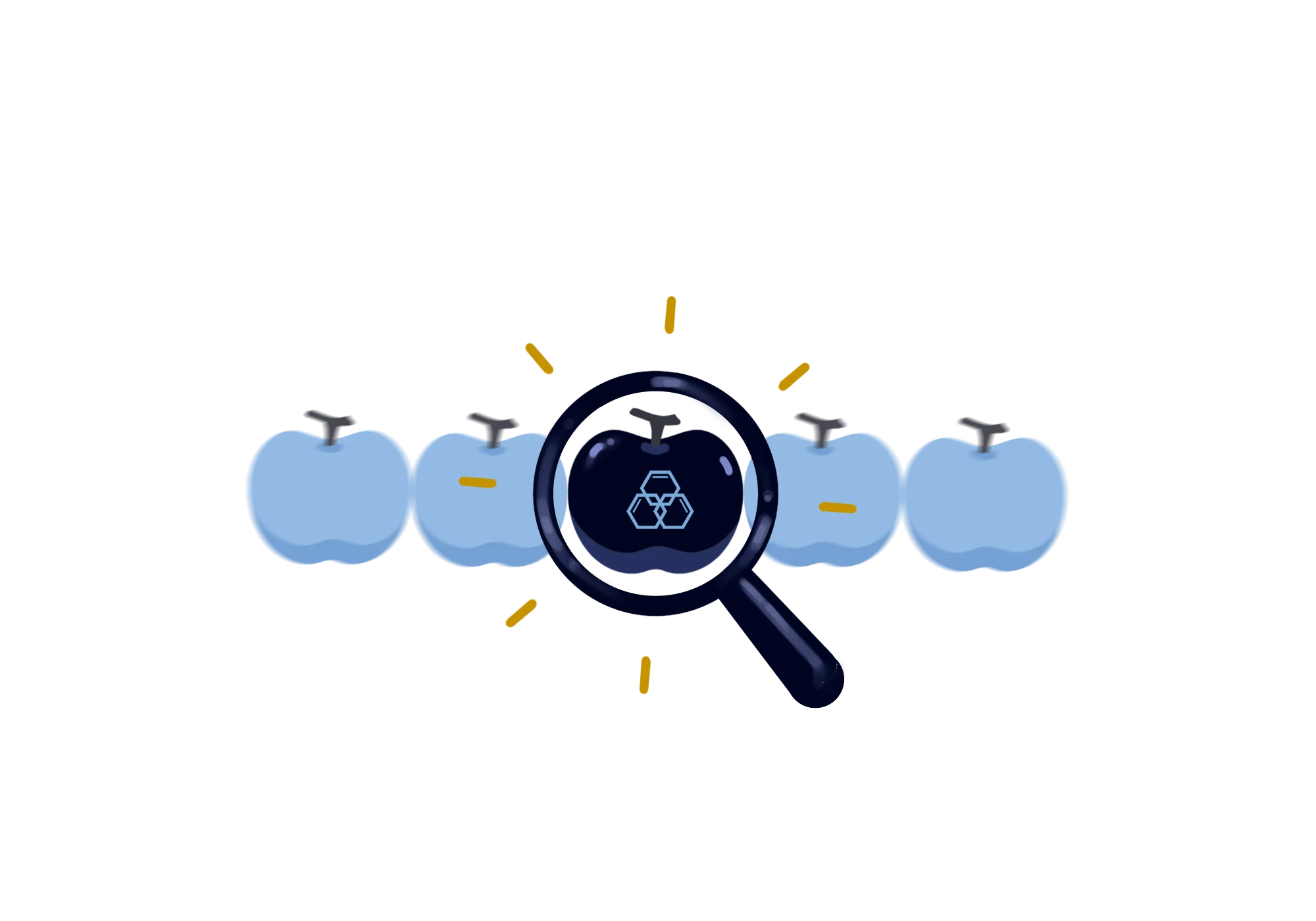
First impression is key in brand recognition; consistency is how you build familiarity. When design elements are all over the place, it confuses your customers—they might mistake you for another brand.
Here’s how we make it work:
- Create your Brand Guidelines: A simple one-page document is enough. Include your logo (with clear rules on how to use it), your color codes, and your fonts.
- Audit your touchpoints: Check your website, social media profiles, email signature, and invoices. Do they all use the same colors, fonts, and logo version? Fix any inconsistencies.
- Use templates: Create social media post templates in Canva or a document template in Google Docs with your branding built in. This makes it easy for anyone on your creatives to create on-brand content.
3. Create Content That Solves Problems
Content marketing is about building a reputation as a helpful expert. Consistently answer your customers' biggest questions, and they start to see you as the go-to source in your industry.
Here’s how we do it:
- Find your one content type: Your reach will be smaller, so don't try to be on every platform. Ask your customers where they get their information. Is it Instagram Reels, a weekly email newsletter, or a blog? Double down on that one channel.
- Answer one question per week: Create a content calendar based on FAQs. For example, a local bakery could create a weekly Instagram video answering "How do I keep my cookies soft?" or "What's the difference between buttercream and fondant?"
- Repurpose everything: Turn a blog post into an engaging content like a carousel for Instagram. Chop a long video into three short TikToks. Extract a key quote for a Twitter thread.
4. Create Conversations
Social media is a two-way street. The brands that are remembered are the ones that feel human and engaging. Build a dialogue, then build a community, then you build your audience.
Here’s how we make it work:
- Schedule 15 minutes daily for engagement: Go through your comments and DMs and reply as much as you can. Here’s a trade secret: ask follow-up questions to keep the conversation going.
- Use polls and questions in your Stories: This is low-effort, high-engagement gold. Ask for opinions, preferences, or ideas for your next product.
- Feature your followers: Run a "Customer of the Month" spotlight or share user-generated content (with permission!). This makes your customers feel seen and encourages others to tag you.
5. Make Partnerships with Other Businesses
You don't have to build your audience alone. Partnering with a business that shares your target customer (but not a competitor). For example, a local baker partnering with a boutique cafe. This is a fast and credible way to get in front of a potential customers.
Here’s how we do it:
- Identify 5 potential partners: Think about what your customers buy before or after they need you. A wedding photographer could partner with a florist, a caterer, and a bridal boutique.
- Propose a simple collaboration: Don't overcomplicate it. Start by offering to:
- Create a special "package deal" together.
- Run a joint giveaway (you both promote it to your audiences).
- Write a guest blog post for each other's websites.
- Co-host an Instagram Live Q&A.
6. Focus on Your Brand Story
People buy products because they buy into their stories and values. Your brand story is the emotional core of your business—it’s why you do what you do.
Simply put, an authentic, well-told story makes your brand relatable, memorable, and different.
Here’s how you do it:
- Find Your "Why": A clear unique value proposition distinguishes a brand from its competitors. Answer this: What problem did you set out to solve? What passion drives you? This is your story's foundation. Don’t make it dramatic; a simple and relatable desire to solve a problem is powerful.
- Weave it into Everything: Emphasize your "About Us" page. Communicate your mission in your social media bio. Briefly share the story behind a product in its description. Train your staff to tell it, and make it certain that you believe in it.
- Show, Don't Just Tell: Post a "Throwback Thursday" photo of your humble beginnings. Do a live video from your workshop. Introduce the person who hand-packs every order. These visuals make your story tangible.
7. Design a Memorable Unboxing Experience
For product-based businesses, the moment a customer opens your package is a powerful, tactile touchpoint.
Here’s how you make these moments memorable:
- Start Small but Intentional: You don't need custom boxes immediately. Use a branded sticker to seal a plain box. Include a handwritten thank-you note on colored cardstock.
- Add One "Wow" Element: This could be a free sample, a beautifully designed insert with care instructions, or a small, relevant gift. For example, a tea company could include a single tea bag of a new flavor.
- Encourage Sharing: Include a small card that says, "Love your order? Share it and tag us @YourBrandName!" This turns satisfied customers into your marketing team.
8. Local Community Engagement
For small businesses, your local community is your launchpad. A visible, supportive local entity builds loyalty and makes your brand a household name. Essentially, people love to support businesses that invest back into the community.
Your Action Plan:
- Sponsor or Participate in Local Events: Have a booth at a farmer's market, sponsor a little league team, or participate in a town cleanup day.
- Partner with Other Local Businesses: Cross-promote with the cafe down the street. Create a "shop local" passport where customers get a stamp from your store and others to enter a prize draw.
- Feature Your Community: Use your social media to shout out to other local businesses, feature a "Customer of the Week," or talk about why you love your town.
9. Implement a Referral Program
Happy customers can be your advocates. A structured referral program actively encourages them to spread the word, leveraging word-of-mouth for growth.
Here’s how we do it:
- Keep it Simple and Rewarding: Offer a clear, valuable incentive for both the referrer and the new customer. Example: "Refer a friend, and you both get 15% off your next order."
- Make it Easy to Share: Provide customers with a unique referral link (using a service like ReferralCandy or a simple discount code) and pre-written text they can easily copy and send to a friend.
- Promote it Prominently: Feature your referral program in your email signature, on a thank-you page after purchase, and in your customer newsletter.
10. Consistently Collect and Showcase Social Proof
Before trying a new product, people look for validation from others. Social proof—like reviews, testimonials, and user-generated content—acts as a powerful form of pre-approval. Seeing satisfied customers lessens perceived risk for newcomers and reinforces your brand's reputation.
Here’s how:
- Proactively Ask for Reviews: After a positive sale or service, send a follow-up email a few days later, politely asking for a review on Google or Facebook. Make it easy with a direct link.
- Make Testimonials Visible: Always show your testimonials; highlight them even on your homepage. Create a highlight reel on your Instagram, feature a rotating testimonial on your website's homepage, and add quotes to your product pages.
- Create a Branded Hashtag and Incentivize UGC: Encourage customers to share photos using your product with a specific hashtag (e.g., #MyBrandNameStyle). Offer a chance to be featured on your profile or a small discount for doing so.
FAQs
What is the meaning of brand recognition?
Brand recognition is your audience's ability to correctly identify your brand through its visual and auditory cues alone, without seeing your brand name. It’s when someone can look at your logo, hear your jingle, or see your brand’s color palette and immediately know it’s you.
Think of it as your brand being able to pass a "pop quiz" from your customers.
What is the first step to improve brand recognition?
The absolute first step is to achieve complete visual consistency. Before you spend on ads or create new content, ensure your logo, color palette, and fonts are identical everywhere—on your website, social media, packaging, and even your email signature.
Inconsistency confuses people; consistency builds the familiar foundation that recognition is built upon.
What is another word for brand recognition?
A common synonym is "brand awareness." However, there's a subtle difference: "awareness" is simply knowing you exist, while "recognition" is the ability to pick you out of a lineup.
Other related terms include brand recall (how easily people remember you) and brand identity (the tools you use to become recognizable).
What is positive brand recognition?
Positive brand recognition occurs when consumers perceive your brand and have positive feelings and associations with it. It’s the difference between someone thinking, "Oh, that's Brand X," and thinking, "Oh, I love Brand X!" This positive connection is what transforms simple recognition into customer loyalty and advocacy.
What is an example of brand recall?
Brand recall is a type of brand recognition measured by how easily someone can remember your brand without any prompts. An example is a survey question like: "Which sports brands can you name?" If a consumer immediately says "Nike," that's a strong unaided brand recall.
It shows the brand is so well-established that it lives "top-of-mind" in their memory.
How long does brand recognition take?
There's no fixed timeline, as it depends on your consistency, marketing efforts, and industry. For a small business executing a solid strategy, you might see early signs (like an increase in direct website traffic) within 3-6 months.
However, building strong, widespread recognition that directly impacts sales is typically a long-term effort of 12 to 24 months of persistent and consistent work.
Increase Brand Awareness and Recognition with Evolv
Customers nowadays are becoming more conscious of their purchases and are more bombarded with choices. You may think that as a small business owner, this is too difficult. But small businesses have something that big corporations can only emulate: authenticity and relatability. Leverage these whenever you can, focus on simple and consistent messaging, and your audience will always appreciate you.
And you don’t have to do this alone. Let us know how Evolv can help you create brand awareness campaign that gives you the spotlight.
For more actionable guides and insights to grow your business, check out our blog!

